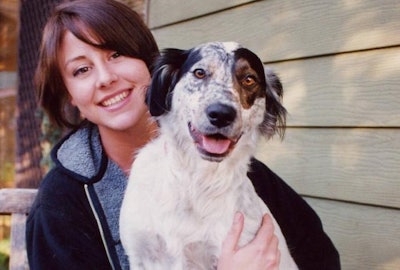
Recently, self-described “Pet Business Professor” John Gibbons named his winners and losers in US pet care spending for 2014, the most recent year for which data from the US Bureau of Labor Statistics is available. According to his analysis, the top demographic groups in terms of pet spending include homeowners, people living in metro areas, Caucasians (not Hispanic), households with two or more people and those with annual income of more than US$30,000. Groups spending lower on pet care include people under 25 years old, Asians and Hispanics.
No surprises there, but the full blog post, in addition to others on the Pet Business Professor website, offers a wealth of information that may reveal trends or insights worth following. For example, in a post from December 2015, Gibbons broke down US pet food expenditures for 2014 by age group. Comparing each group’s shares of overall US households, gross income and pet food spending, he found that all groups seem to consider buying pet food a necessity, with those shares ranking high in relation to their shares of households or income (or, in some cases, both).
As we would expect, Baby Boomers account for the highest share of pet food spending, at 40.5%; yet even the Greatest Generation (people born before 1929) shows pet food spending of 0.7% of the US total, while they account for just 2.2% of all US households and only 1% of gross incomes. Meanwhile, though Millennials (defined here as people born 1980 or later) account for only about 15.1% of all pet care spending, that’s fairly healthy relative to their share of income (16.2%), and their pet food spending is higher at 17.8%. Gibbons deemed this encouraging and a sign that Millennials are adding pets to their “families.” (That word is in quotes, I believe, because the definition of a family is changing so rapidly, especially among younger people.)
Gibbons, who has previously worked in sales and marketing for a number of pet product companies, based his analysis on data from the Bureau of Labor Statistics’ Consumer Price Index (CPI) and Consumer Expenditure Survey (CES). These sources provide a useful overlay to other pet food and pet market data, helping pinpoint opportunities and challenges for companies in these markets.
For example, last year both GfK and the American Pet Products Association (APPA) National Pet Owners Survey reported increases in Millennial pet owners, with GfK even saying that, according to its data, this demographic now comprises more US pet owners than do Baby Boomers. (Specifically, 35.2% of Millennials owned pets as of 2014, compared to 32.8% of Boomers.) APPA’s survey showed Boomer pet owners still in the lead at 37% of US households, yet reported that among the 8 million new US pet owners from 2014 to 2015, most were from Gen X and Gen Y.
Yet applying the CPI and CES data as Gibbons has, you can see the surge in Millennial pet ownership does not yet equate to pet food or pet product spending. Again, this is not a surprise: people just entering adulthood or starting their careers typically do not have as high of incomes as people who are older or more advanced in their working lives, so they are likely to spend less on just about everything.
Gibbons points out, rightly so, that the challenge for the pet and pet food industries is to get pet owners under the age of 25 to start spending earlier, and spending more, on their pets, while ensuring that Baby Boomers keep spending, at least at their current level. That is not an easy goal to achieve, and it requires having in-depth product development and marketing strategies specific to each group. Gibbons offers helpful suggestions and tips, as does Leslie Mays, founder of Pawsible Marketing.
Another challenge—and opportunity—for the industry is reaching Hispanic pet owners, the fastest-growing demographic group in the US. While Packaged Facts data shows that US-born Hispanic households now outrank overall US households in dog ownership, 43% to 38%, the CPI/CES data indicates that Hispanic pet owners spend, on average, more than 60% less on their pets than do White, non-Hispanic households. As Gibbons says, this is an area ripe for further research and investigation.



















